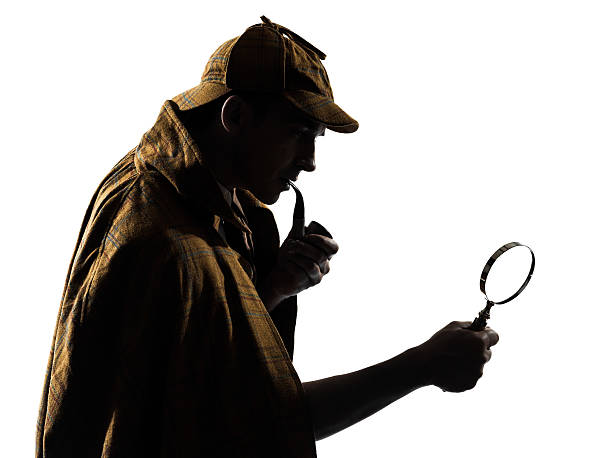I am a true Romanticist. I am more engaged with my Romanic and idealized vision of the past than I am with the present. I am emotionally trapped in the 1800s, but none of my picture books [at this point] spring from that period. I am, however, currently creating one or more series of books that took place during the 1800s–along the Mississippi River. One begins as follows:
“There’s a brief, enchanted moment, as the moonlight turns to day,
When the bullfrogs hoot and holler, and the gators let them play.
And somewhere near that river, where the cotton plants row wide and tall,
My mama says it’s cotton time. It’s cotton-picking fall.”
At this point, I have not found a buyer for this picture book. You see, I am a white person who picked cotton as a child, and one of America’s misconceptions is that only black children picked cotton. But I still love reading and writing about the Old South.
Indulge me as I strive to describe the 1800s:

Thomas Jefferson was elected president in 1801. Let’s look at how Thomas Jefferson and his buddies dressed:
Most of the fashionable men in1801 wore short pants that buckled beneath their knees [as in the above painting].

By 1805, Beau Brummel had changed fashion history with his establishment of the style of the English Dandy. An English Dandy wore long pants that looked like stretch pants or leggings.

Caldecott’s Frog was an English Dandy in A Frog He Would A-Wooing Go.
[Yes–THAT Caldecott!} Randolph Caldecott, the illustrator for whom the Caldecott Medal was named, illustrated in the 1800s.
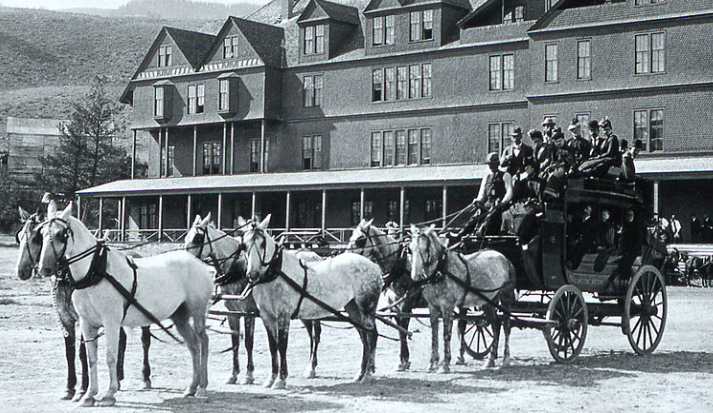
During the early 1800s, most people traveled either by horseback or in a horse and buggy.
In 1804, Lewis and Clark launched their expedition into the American West, and it was during the early 1800s that /my family left their homes on the East Coast to move west to the middle of the country–first to Kentucky with the Boone expedition and finally, to Southeast Missouri,
One branch of my ancestors, the Duvalls, were among the earliest French Huguenots to settle in Virginia, and I have traced the route showing how they and another branch of my family, the Whitakers, were among the pioneers who moved westward. My history is that of the people who carved their way through the Cumberland Gap, crossed Appalachia, and finally arrived in the Southern Midwest. Many years ago, my great-aunt published her memoir, and I am fortunate that I have my great-aunt’s words describing my people’s movement west. My great-aunt was born during the 1800s. She must have directly overheard this account.
What My Great Aunt Said:
“Kenley and Mayme [ my great-grandparents] experienced many moves and changes some of which consisted of log houses, wilderness, wild animals, pole roads over which they had to travel slowly during stormy winters and hot, dry summers. Wild animals were hunted, butchered and prepared for food. Also, wild animal skins were sold for fifty cents each. There were domesticated animals used for food; and, of course, there were animals as pets to enjoy and to utilize as protection. Wages at that time were $1.50 a day. They made long trips along the wagon trails, used ferry boats for crossing rivers and streams, and traded cattle and horses.
“They searched for inexpensive farm and hunting land to rent or to purchase; however, they chose to buy choice land for their home sites. Their days were filled with experiences as they met Indians who became friends, traveled with them, camped out, drank strong coffee boiled on open fire, and shared meats and other needs. Because animals were plentiful, there was sufficient food for preparing and eating by the campfire. Coal oil lanterns were utilized on their long journey. Marksmen with their guns and bows and arrows hunted deer for food. The long trips included time for Bible study although they were traveling to find work which took them from city to city and from one state to another.”
[My great-great-grandfather was a circuit preacher who traveled on horseback during the 1800s.]

In 1811, the first Steamboat began voyaging up and down the Mississippi River. I grew up very near the banks of the Mississippi River
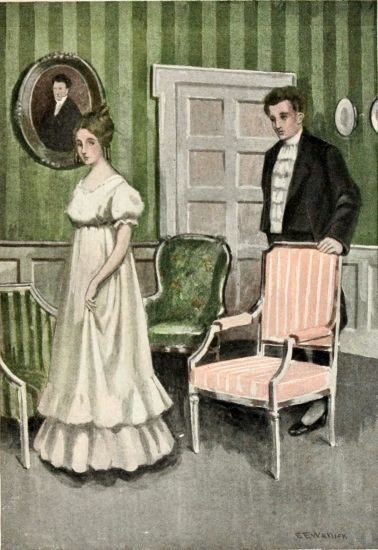
In 1811, Jane Austen wrote Pride and Prejudice.
Around 1830, some people began traveling on steam railroads.
1831 – The Underground Railroad began helping slaves escape the South.
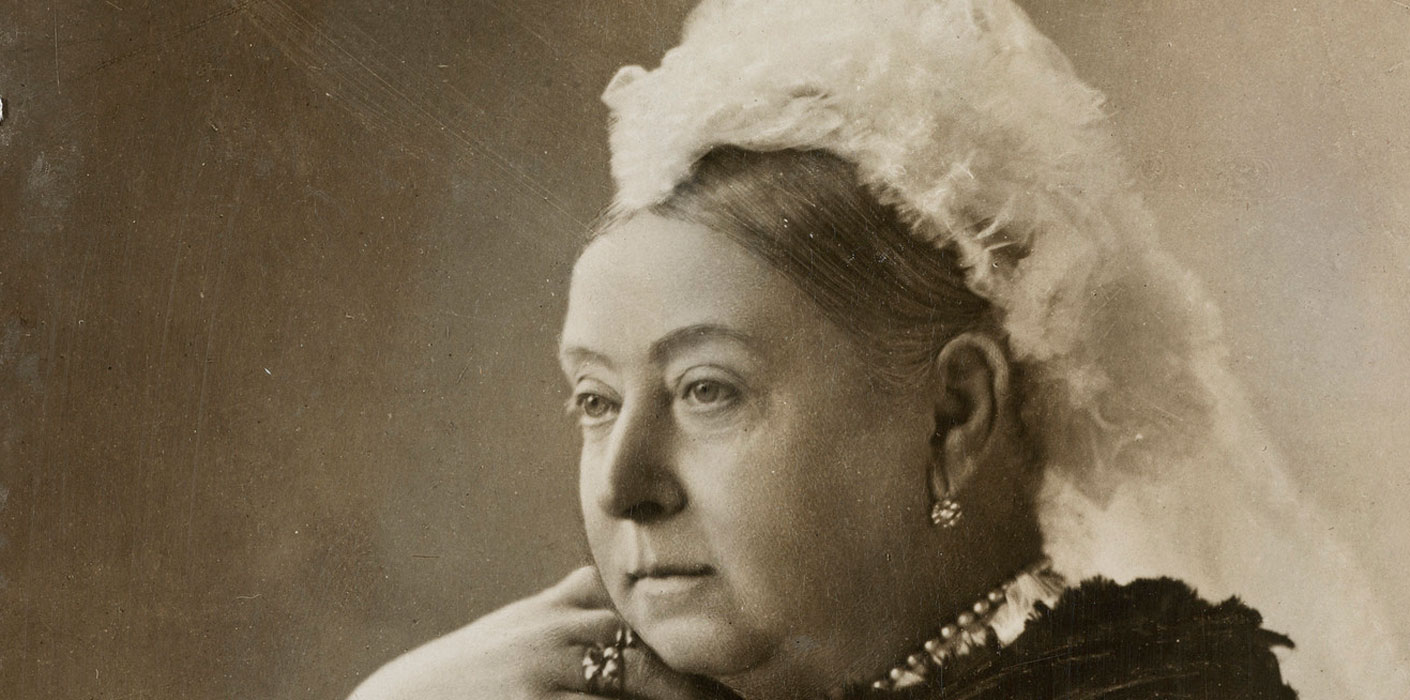
1837 – Victoria Became the Queen of England

In 1843, Charles Dickens wrote A Christmas Carol.
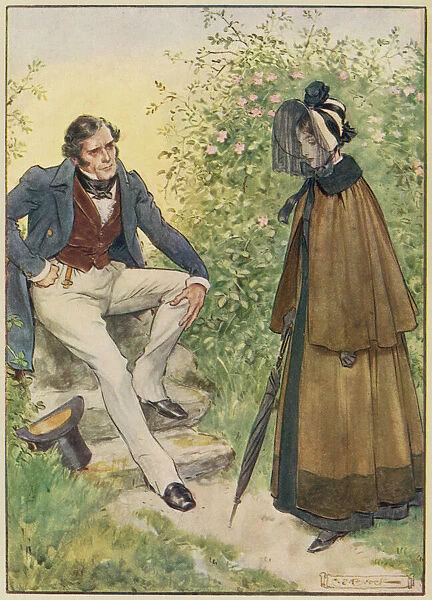
In 1847, Charlotte Brontë wrote Jane Eyre.
In 1849, Thoreau said the following about the invention of the telegraph: “We are in great haste to construct a magnetic telegraph from Maine to Texas, but Maine and Texas, it may be, have nothing important to communicate. . . . We are eager to tunnel under the Atlantic and bring the Old World some weeks nearer to the New, but perchance the first news that will leak through into the broad, flapping American ear will be that the Princess Adelaide has the whooping cough.”
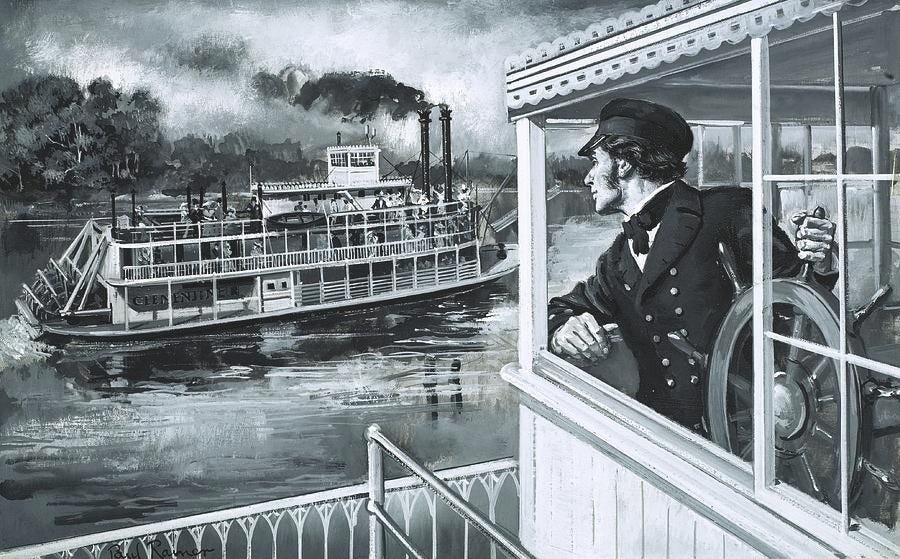
In 1857, Mark Twain became a steamboat pilot on the Mississippi River. Mark Twain grew up in Missouri, just up the river from where I grew up.
/cdn.vox-cdn.com/uploads/chorus_image/image/46114532/theponyexpress.0.0.jpg)
Beginning in 1860, the mail was carried via the Pony Express.
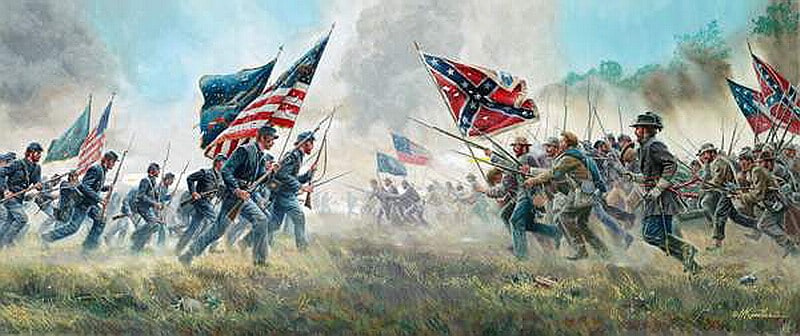
The American Civil War began in 1861.

In 1872, the French Painter Edgar Degas spent time with his family in New Orleans – I have written a picture book that capsulizes that story.

The First Exhibition of French Impressionism was in 1874. Because of Impressionist painters, I have studied art most of my life
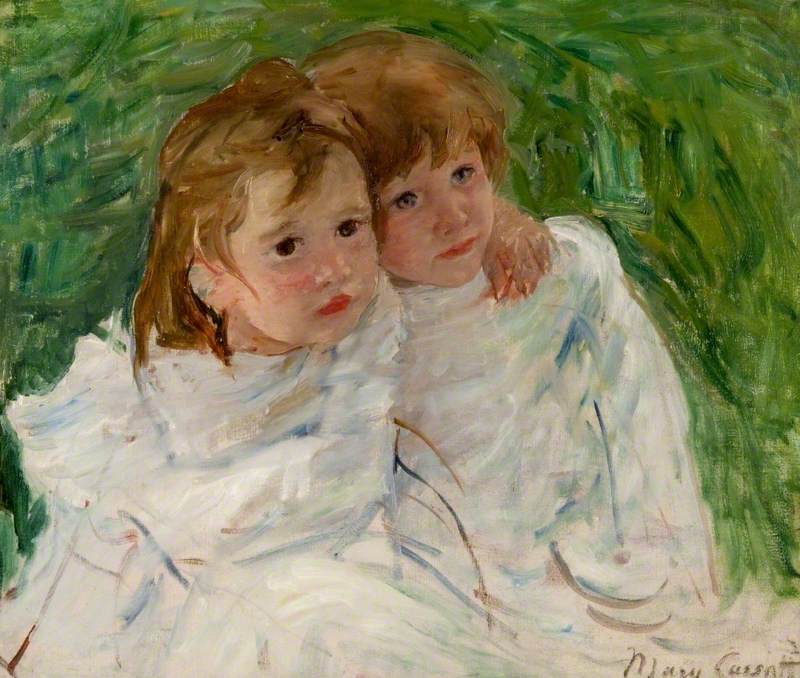
Because of Mary Cassatt’s pastel drawings of children, I spent the early part of my career creating pastel drawings of children.
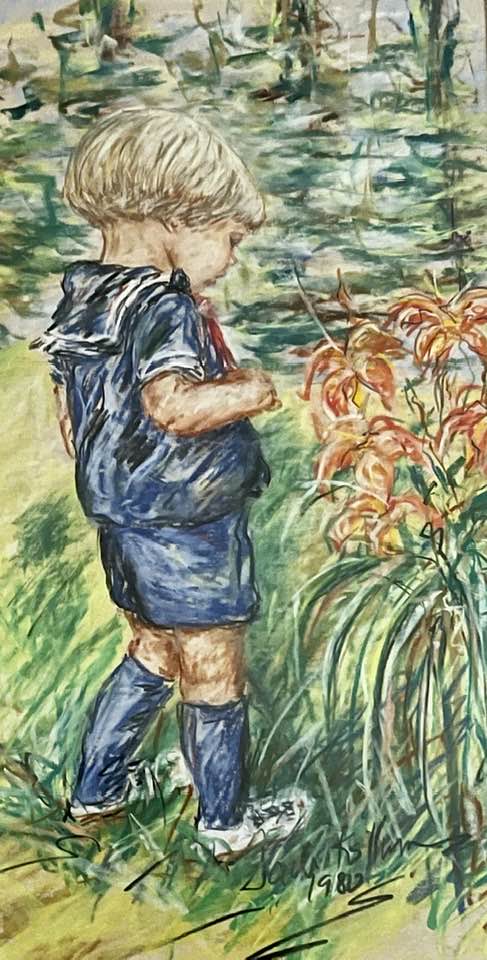
Sailor Boy in Daylilies – Jacki Kellum Pastel Drawing – 1980
Partly because of Mary Cassatt’s Impressionist paintings, I decided to write picture books.

In 1880 – Randolph Caldecott wrote A Frog He Would A-Wooing Go.
In 1892, the world met Sherlock Holmes.
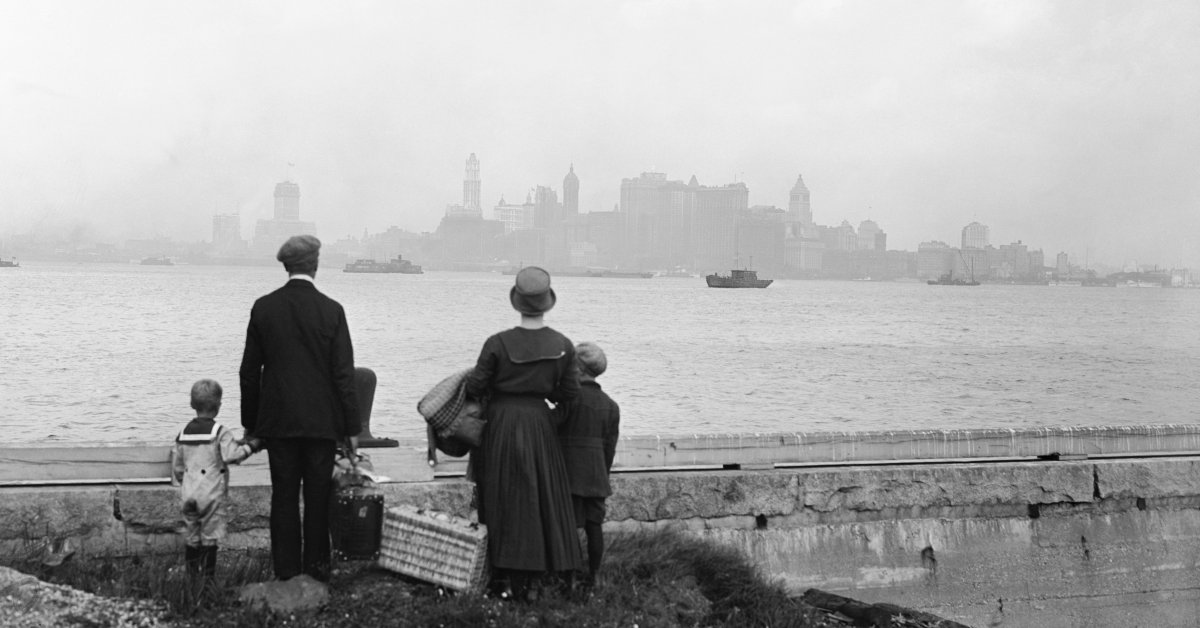
In 1892, Ellis Island Opened- Several picture books have evolved from the era of Ellis Island. I need to read more of those books. Surely there is at least one magical book about Ellis Island.

The First Radio – 1895
I grew up in a family tradition that is rooted in listening to the Grand Ole Opry on the radio.
Discover more from Jacki Kellum
Subscribe to get the latest posts sent to your email.
